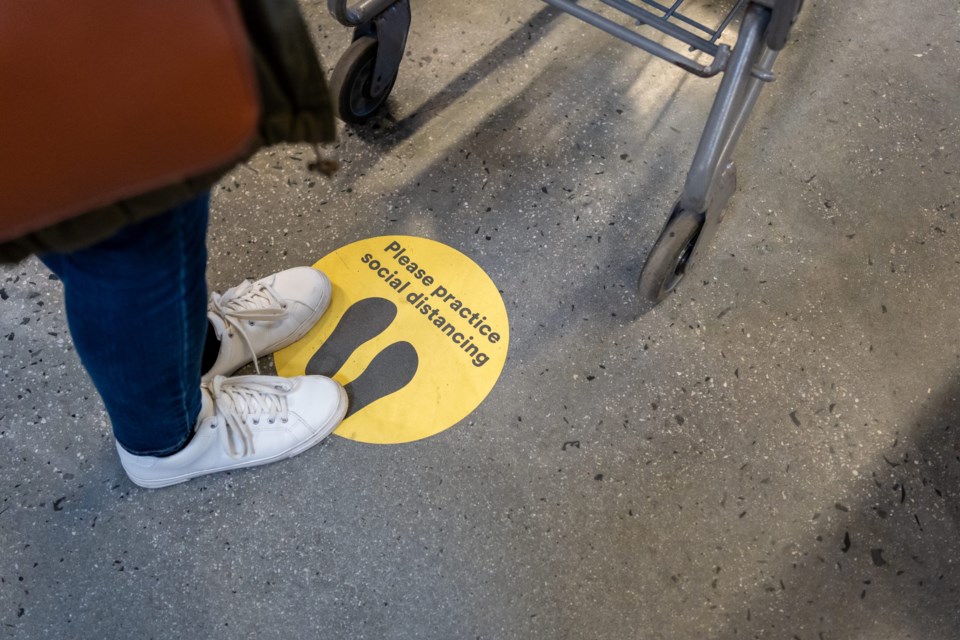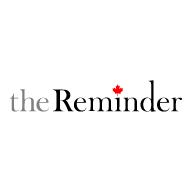Manitoba will be loosening some public health measures starting next week.
Health orders put in place during the latest wave of the COVID-19 will see their first easing since the wave began, going into effect at 12:01 a.m. Feb. 8. The rules will stay in place until Feb. 22.
Limits for gatherings on private property have expanded - up to 25 people plus household members if all attendees over age 12 are vaccinated, with a limit of 10 people if people over age 12 who are unvaccinated are present. For outdoor private gatherings, limits have been raised to 50 people plus household members if all attendees over age 12 are vaccinated, with 20 people plus household members if unvaccinated people over age 12 are present.
Limits for public gatherings in general settings have not changed.
Most other changes include lifting the lower limit of 250 people for several different types of venues, including for restaurants and licenced premises, gyms, casinos, museums, galleries, sporting events, movie theatres, concert halls and others. These areas are still subject to capacity limits - 50 per cent capacity will be allowed for these locations.
Rules around indoor sports have also changed, with games, practices and tournaments now allowed to be held again after being restricted for just over a month. Spectators for sporting events can come back inside (with proof of vaccination) up to 50 per cent of venue capacity. Rules surrounding proof of vaccination or recent negative tests remain for 12- to 17-year-olds taking part in youth sports.
For religious services, services with fully immunized groups and congregations (including all people age 12 and up) are allowed up to 50 per cent capacity. Services for groups including at least one unvaccinated person over age 12 are still restricted, this time to 250 people or 25 per cent capacity, whichever is smaller. Drive-in services are still able to be held without restrictions.
Retail capacity around Manitoba has been raised back to 100 per cent in all areas of the province - previously, some restrictions had applied to areas of the Southern Health-Sante Sud region. Retail settings will still need to include areas for social distancing and mask use indoors is still mandatory.
Businesses and workplaces will also no longer have to report whether people test positive to public health. Before, all businesses and workplaces were required to report to public health if two or more people had tested positive in most settings.
No changes were announced for health orders on personal services, weddings, funerals or libraries. The province-wide indoor mask mandate remains in place, as do all COVID-19 isolation requirements.
Reasons
Provincial health officials said last week that key indicators for how hard the omicron variant has hit Manitoba have started to ease. When health orders were extended last week, officials said
"Last week, we announced an extension to public health orders. We've been looking at modelling and looking at trends, many of which were showing a peak or pending peak or plateau, at the time. We needed some more time to look at those trends. We were encouraged at the time, but weren't able to make a definitive call," said Dr. Brent Roussin, Manitoba chief provincial public health officer.
"As this week has passed, we've seen that many of those indicators continue to be stable or trending in the right direction. We are getting a better understanding of where we are in this wave."
In Manitoba, omicron has led to far more community spread and more hospitalizations among people with COVID-19 than any other variant has so far. Roussin said that hospitalizations and intensive care admissions are slowing down and public health believes that the province's case rates have likely peaked.
"What we're seeing, in things like hospital admissions and case reports, looking at absenteeism rates from different sectors, we do see it as likely that we've hit a peak for case generation. We still see in ICUs a bit of that slowing trend, but still upwards. We can move cautiously at this point," Roussin said.
"We all know that the public health measures were in place temporarily - they've always been temporary and only in place for as long and to the degree that they're required. In the place we're at now, we're recommending new public health orders take effect Feb. 8."
Roussin said that one consideration is that people are now reporting to hospital for other issues and testing positive for COVID-19 on presenting to hospital - not always due to COVID-19 itself - due in part to how omicron has spread so far, so fast.
"One of those factors that we look at, one of the most important ones, is the strain on the health care system. We look at hospital admissions and ICU admissions, those that are positive for COVID-19. These have been very important indicators," Roussin said.
"What we see is, as we have widespread transmission of omicron in the community, we see a very significant number of people who are in hospital and test positive for COVID-19. For public health, as we look at our need for restrictions and our path forward, it's important for us to understand who's in hospital because of COVID-19, not who's in hospital incidentally related to COVID-19."
Roussin also continued the call from the province and from public health for people to be vaccinated against COVID-19. People who are fully vaccinated (with at least two doses) are far less likely to suffer severe outcomes from COVID-19, including being hospitalized, requiring intensive care or dying.
Funding
Along with the announcement of the changes came an expansion to the province's Sector Support Program funding. About $10.3 million is expected to be moved through the fund to businesses that are affected by COVID-19, with an intake open until the end of February. Businesses that have already received a payment through the program can apply for a second.
Under current guidelines, up to $6,000 in relief funding is available for businesses with up to nine employees, $12,000 for businesses with 10-19 employees, $18,000 for businesses with 20-49 employees and $24,000 for businesses with at last 50 employees.




